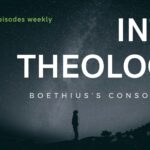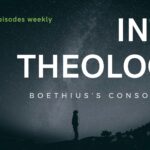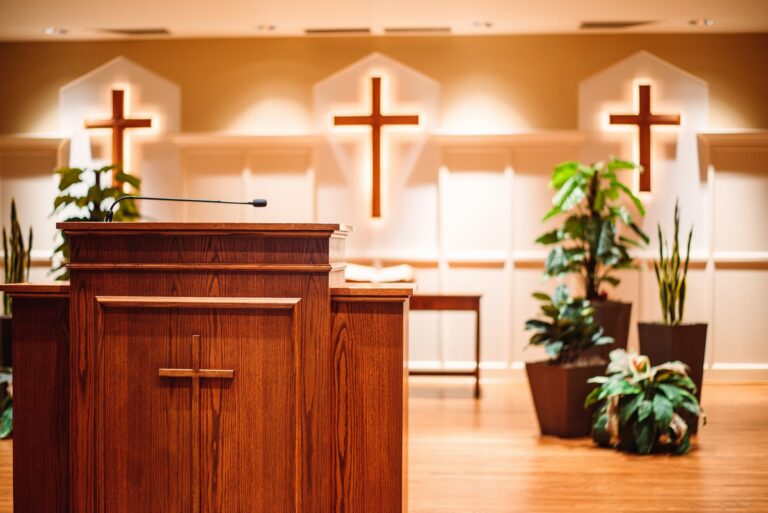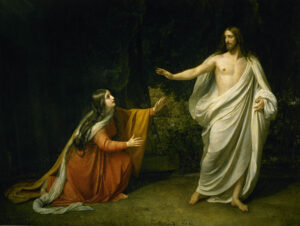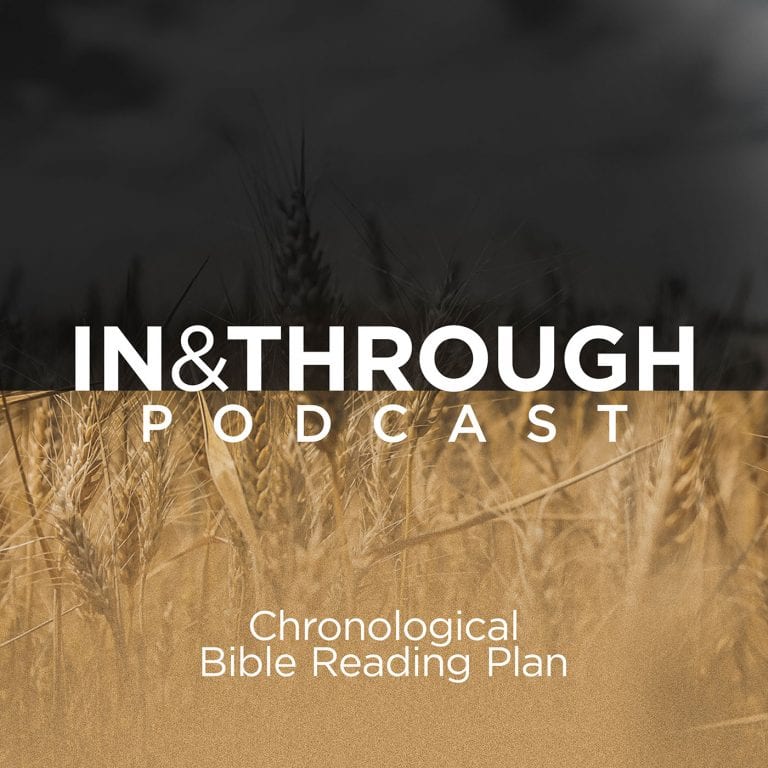Today, we tend to take the doctrine of the Trinity for granted at some level—that is, we assume that it’s self-evident that Jesus, the Word of God, is fully God in all the ways God the Father is, likewise the Holy Spirit, but there’s still only one God, in the greatest, most beautiful mystery of our faith.
But when we start thinking about the details, a lot of us are fuzzy.
What does consubstantial even mean? How can three persons have a single essence? Or be a single essence? Some even ask, what does all this abstruse theological reasoning have to do with the real business of Christianity, of preaching God’s word written, evangelism, service to the poor?
A pivotal figure in church history who can help us approach these questions is Athanasius of Alexandria.
Athanasius of Alexandria
Athanasius was Bishop of Alexandria from 328 to 373. He had attended the famous Council of Nicaea as a deacon in 325; this council was a meeting of as many church leaders as possible, and it condemned the teaching of Arius who claimed that Jesus was not fully God but just the highest part of creation.
Athanasius would be deeply engaged in the Arian controversy, explaining sound doctrine for the church, unpacking the word consubstantial used by the council’s statement of faith, engaging in exegetical battles with heretics, and going into exile five times. Throughout, his concern was not the power of his “party” or of himself; his concern was true worship and understanding of God—worshipping the Father in Spirit and Truth (Jn 4:24), Spirit being understood to be the Holy Spirit and Truth to be God the Word Incarnate as Jesus Christ.
To get a round picture of Athanasius, it is important to see him as more than just the relentless pursuer of Arians, but as the bishop of Alexandria, the second-largest city in the Mediterranean, a city whose bishop had the pastoral oversight of Egypt and eastern North Africa—and, soon after Athanasius’ death, south into Ethiopia. As part of this wider remit, Athanasius supported the early monastic movement. Within a year or two of becoming bishop, Athanasius visited the monks around Thebes, where he ordained Pachomius presbyter. Pachomius has the reputation of having written the first monastic rule. During a later stay in Alexandria in between exiles, Athanasius was honoured with a visit from Antony, reputed to be the first hermit.
From Nicaea in 325 to Constantine’s death in 337, the theological controversy over Arius was cool. In 335 Athanasius was found guilty at a council in Tyre whose purpose was to examine charges against Athanasius in matters to do with church discipline. This council readmitted Arius into communion, and Athanasius went into exile at Trier in Gaul (modern France). This was the first of Athanasius’ five exiles; all of them were directly about church discipline, but all were also engineered by his theological opponents who resisted the teaching that Jesus is fully God. Some he spent in the West, and one he spent hiding out amongst the monks of Egypt for six years, eluding imperial scouts looking for the bishop. From 366 until his death in 373, he was actually in Alexandria.
Throughout all of this, Athanasius was busy writing. Two of his earliest works are also among his most enduring. Against the Pagans and On the Incarnation were written before his first exile in 335. Both of them focus our attention on the cross as the place where Christ’s power is demonstrated and where the pagan gods are destroyed, turning on its head the emergent triumphalist Christianity that was overly cozy with Constantine and the imperial court filled with worldly splendour. On the Incarnation declares that God become man precisely to save us from disintegration and to bring us into his own life; in a major way, Athanasius sees the incarnation continuing in the life of the church through the ages, a thought that should galvanise us for all endeavours, whether worship or evangelism or serving the poor or political engagement.
After the death of Constantine, his more apologetical work in favour of Nicaea (and, on the flip side, polemic against Arianism) emerged, such as the Orations Against the Arians, On the Council of Nicaea, Defense of the Nicene Definition, History of the Arians, and On the Councils of Ariminum and Seleucia. In these works, Athanasius did the work he’s most famous for, clarifying what the term homoousios, or consubstantial means, making an argument, in its crudest form, that since sons are begotten from the fathers and have all the traits necessary to their fathers’ substance, so the only-begotten of God likewise has all traits necessary to His Father’s substance; he is eternal, omnipotent, infinite, and so forth. But, as Scripture says, there is only one God. This is what consubstantial means—in the ineffable mystery of the Godhead, God the Son and God the Father and God the Holy Spirit share an intimate reality that we can never grasp, but they are all fully divine and perfect and wonderful and worthy of our praise.
The repercussions of Athanasius’ theory of human life transformed into the incarnation through the church are demonstrated in the Life of Antony. Antony of Egypt was a desert hermit who helped give vitality to the early monastic movement as it organised itself in the 300s. A community of ascetics gathered around Antony in the Egyptian desert, in the mountains just off the banks of the Nile. Athanasius wrote a life of this hermit that established a new genre of writing, but it was not a text in praise of Antony. Instead, it was a text in praise of Christ, whom he saw at work in all of Antony’s miracles and all of Antony’s teaching. Consistently, whenever Antony performs a miracle, Athanasius attributes this miracle to Christ, serving as a reminder that salvation and the with-God life made possible by the cross are not simply future promises but present realities, here and now for all who place their faith in Jesus.
Finally, if we want to get to the heart of this ancient Christian leader, his Letter to Marcellinus shows us the way. This letter is a discussion of the Psalms, and how the Psalms are unlike any book of the Bible because in the Psalms we meet all the content of the rest of Scripture. The whole Gospel can be found in the book of Psalms (just think on Psalm 22, after all). Not only that, but if one sings the Psalms, the words and prayers of the Bible itself become one’s own, and we enter into an even deeper encounter with God. Athanasius then sets out for us which Psalms are useful for which situations. This little book reminds us that Athanasius was not just a theologian wrestling with deep questions but a believer in Jesus and a pastor with believers under his care.
If you find yourself wanting to learn more, you can join me this summer in taking my course “Athanasius Against the World” with Davenant Hall, running from July 4 – August 26. https://davenantinstitute.org/product/athanasius-against-the-world







